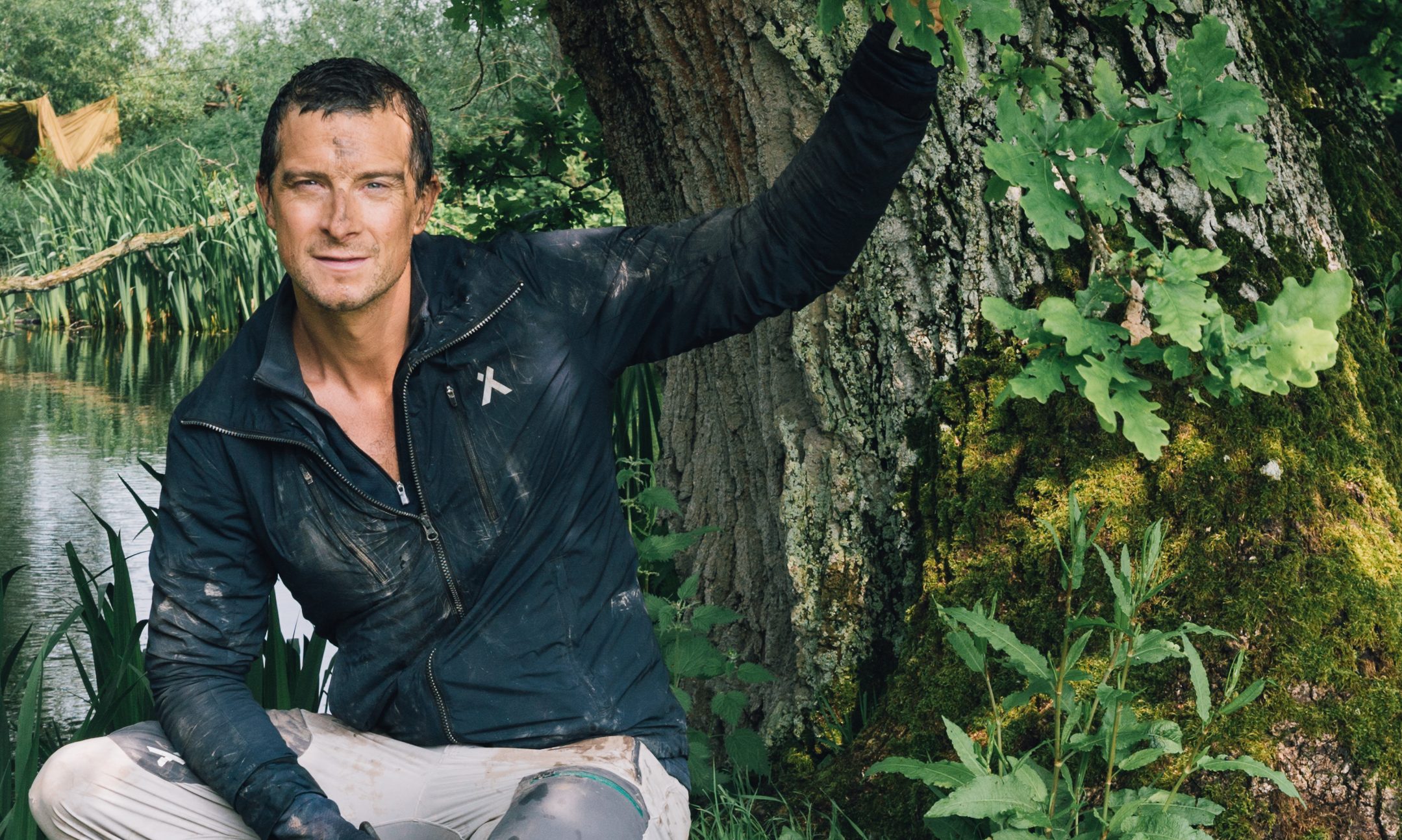

If you’re lost in the jungle your first priority after assessing rescue options and making a shelter should be to find drinkable water, as you can only survive for around three days without it.
Videos by Outdoors
“Your problem in the jungle will not so much be finding water, as getting it in a form that’s useful to you,” says Bear in Born Survivor. “Don’t fall into a false sense of security.”
Understand the rules of jungle water
Rivers and rainwater are the two main sources of water in the jungle, but it may take some days to find a running river, or it may not rain hard enough for adequate collection for several days or even weeks.
Bear’s number one rule in the jungle: Assume that all water is contaminated, unless it is fresh rainwater or it comes from a plant or tree that you have positively identified. Then purify it.
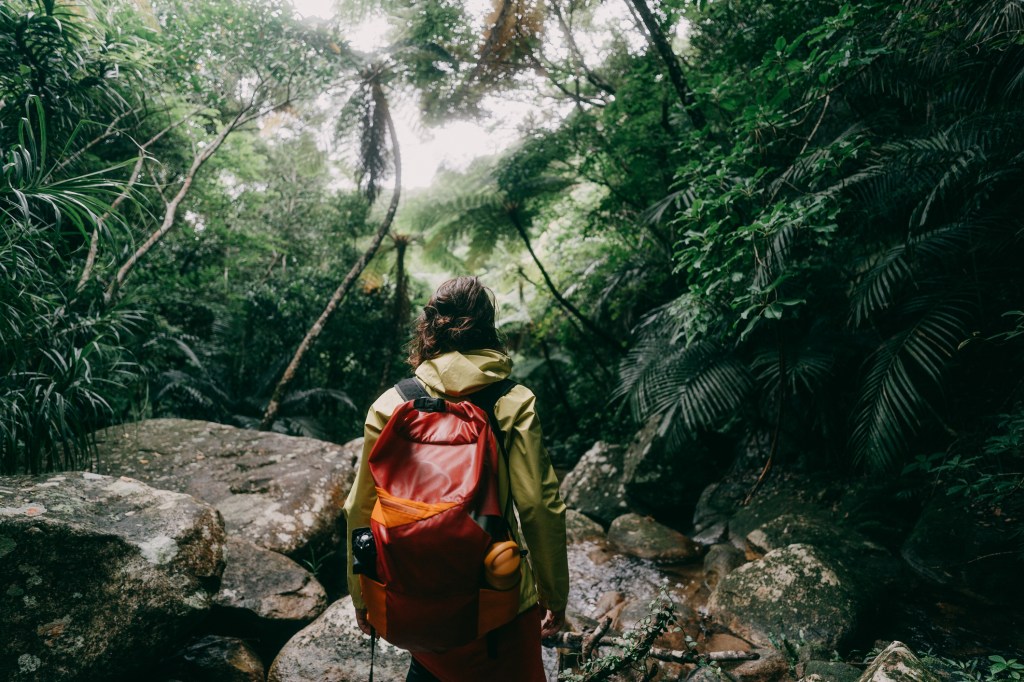
Make a rainwater trap
The easiest and quickest way to attain drinking water in the jungle is to collect rainwater. Tie a tarp between trees and drain it into your water bottle or mug. You can even twist a leaf into a funnel to drink out of.
Dig for your drink
If you see ground where water has been present in the past, there will probably be water beneath the surface. Dig a hole until the ground becomes damp or wet, and leave this overnight to allow water to accumulate.
Filter it (one way is to strain it through a sock that has charcoal from a previous fire in it) and purify it by boiling before drinking.
Sip from nature’s straws
All manner of plants can be good water sources if you know what to look for.
“In the jungle, I have often drunk from vines while on the move,” Bear says. “I knew it was safe water, and it was easy to find, allowing me to keep hydrated as I kept walking.”
Make cuts at the top and bottom of the vine to release the fluid in the capillaries. Start by making a deep cut near the top, then chop it through at the bottom. Check that the fluid is pure and clear, then hold the vine above your mouth and let it drip in. To avoid potential irritation, don’t let the vine itself come into contact with your mouth.
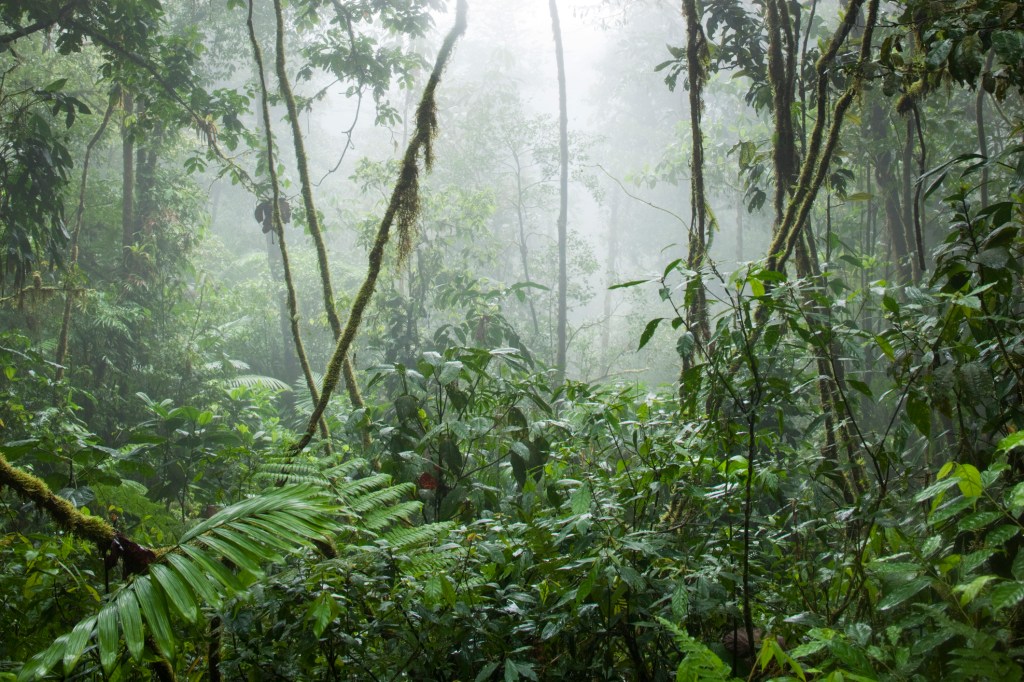
“Beware: If the sap is red, yellow, has a sticky, milky appearance or tastes bitter, discard it at once,” says Bear.
Plants that are good sources of water are bananas, plantains and figs. Tap bananas and plantains by cutting down the root and making a hollow at the stump. This will fill with water from the roots. Fig trees can be cut into and tapped with a tube; you can use a thin tube of bamboo for this.
Bamboo is also often filled with water: “Shake them or bang them and if you hear sloshing water, bore holes section by section to get at the fluids,” says Bear.
Trees that are sources of fluid include the buri and nipa palms, which have a milky, sugary fluid, though you must be sure you identify these trees correctly. “The secret is to cut a flowering stalk near the tip and bend it downwards so the juice drains out,” says Bear.
Coconuts also have great fluid and nutrients, but you’ll want to drink from green (unripe) coconut, as milk from ripe nuts is a laxative, which will lead to dehydration.
The baobab tree in Africa collects water in its trunk during the wet season. “You can sometimes find clear, fresh water in these trees after weeks of dry weather,” says Bear in Born Survivor.
Finally, pitcher plants can form a jug shape that collects rainwater. You can also try to smash plant roots to collect moisture.
Follow animals to hydration
In the jungle, you won’t be the only one feeling thirsty: Everything from tiny insects to elephants also need water.
Watch birds’ movements, especially in the morning and evening, for hints where to find water. You may also follow the footprints of land animals to see where they sip.
“You will have an even better chance if you find two or more trails that converge,” says Bear.
Flying, crawling and creeping creatures all need a water source. Watch ants going up trees towards damp crevices, flies swarming or bees going into a hole in a tree (that isn’t near their nest).

Finally, if you’re in a serious situation in the African jungle, elephant dung can be a source of water. While in Kenya, Bear regularly drank the fluid squeezed from fresh elephant dung.
“This is still mostly plant material, albeit semi-digested,” says Bear. “I found holding my nose helped it go down.”
More from Bear Grylls:
- How to Make a Toothbrush in the Wild
- Driving in the Snow
- How to Build Shelter in a Forest
- How to Survive Sub-Zero Temperatures
- What to do If You’re Bitten by a Snake
- How to Navigate Without a Compass
- How to Deal with Injuries in Survival Situations
- How to Find Water in the Mountains
- Making Shelter in the Snow
- Priorities of Survival
- How Bear Grylls Lights a Fire

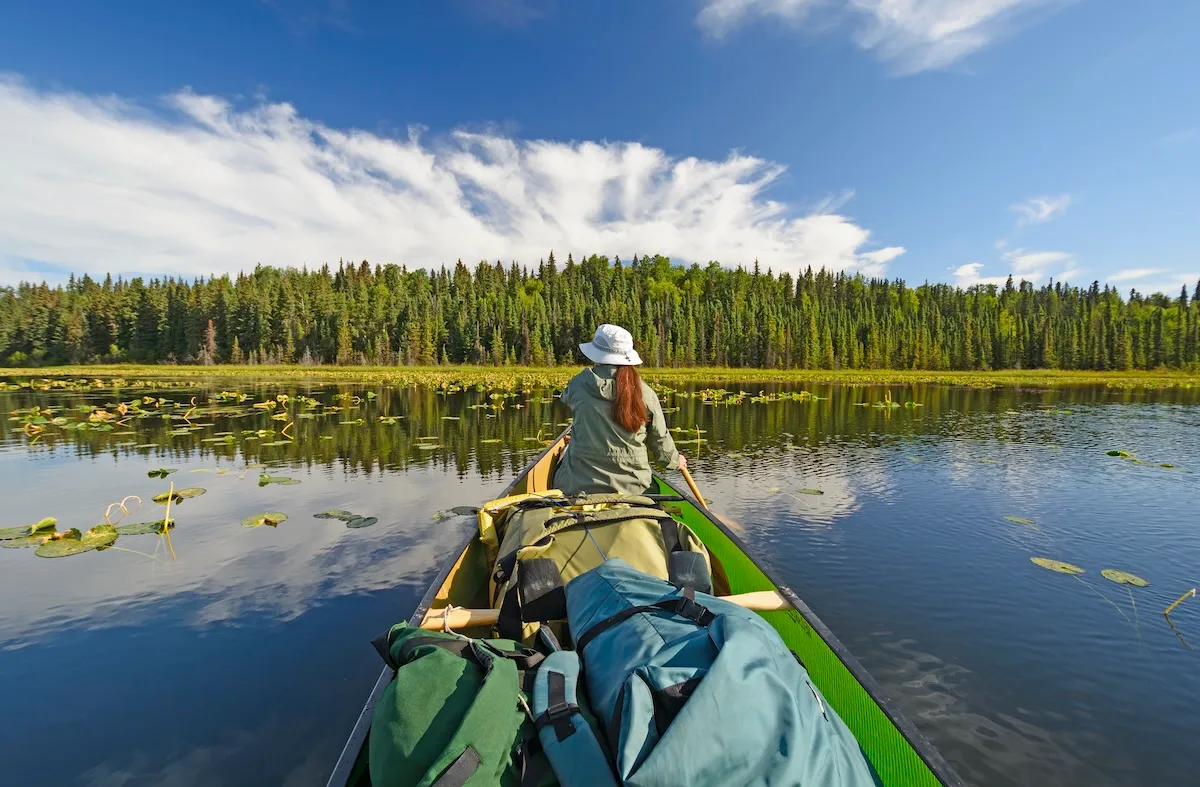
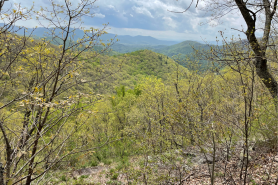
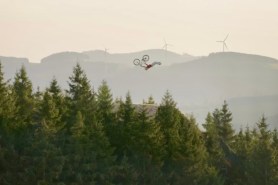
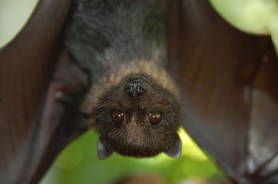

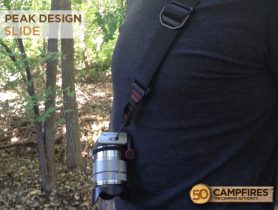
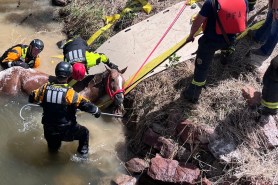


Pingback: Jungle Survival Skills: 7 Ways to Success - natureofthenorth.co